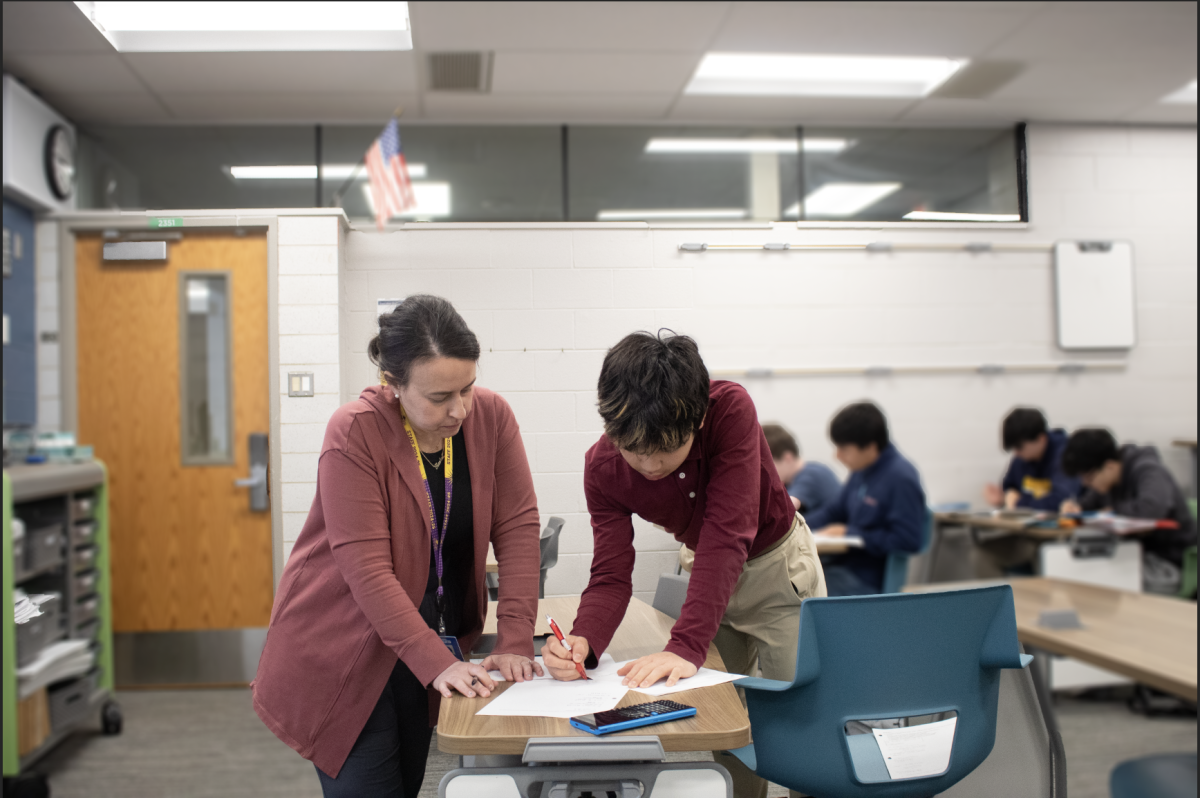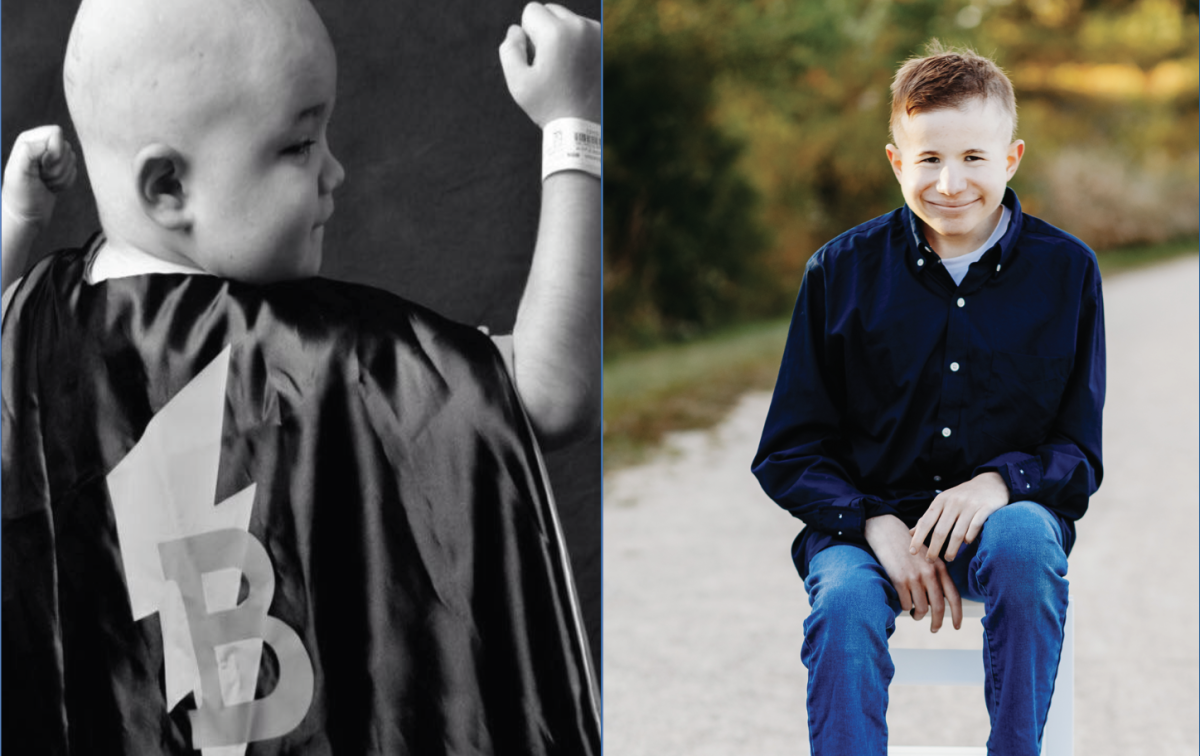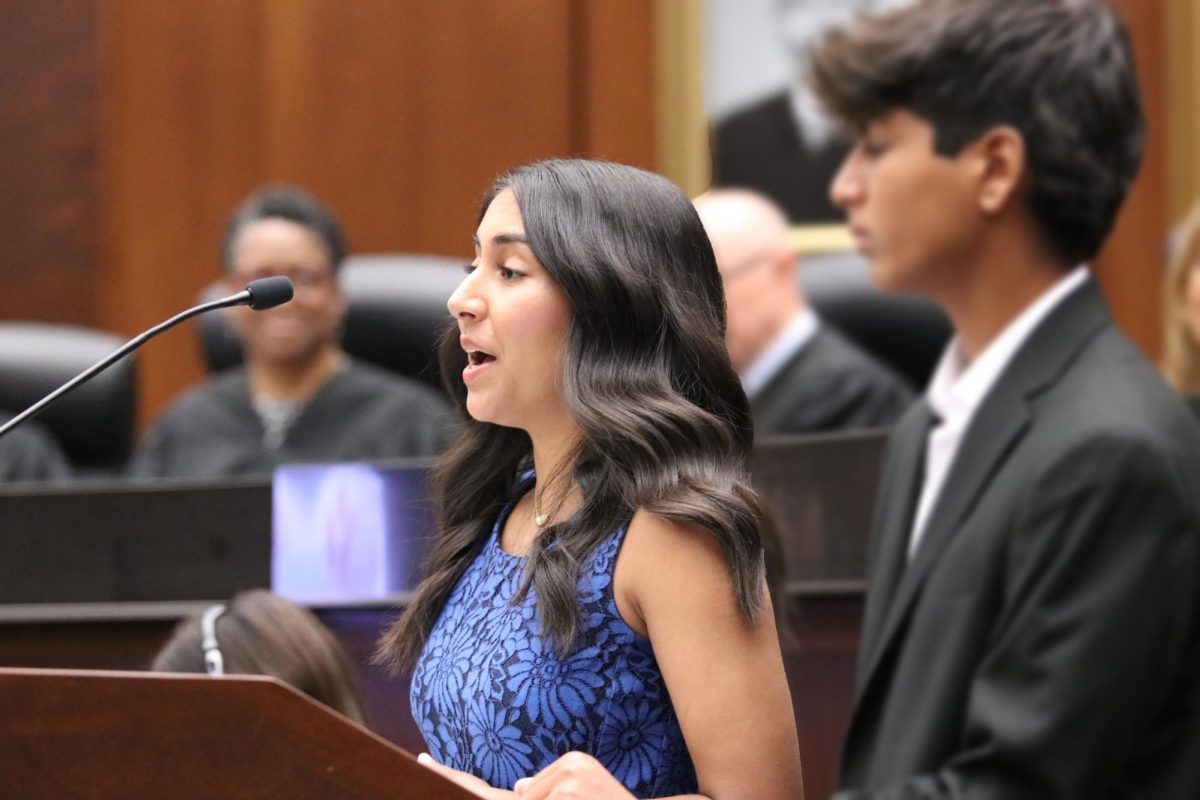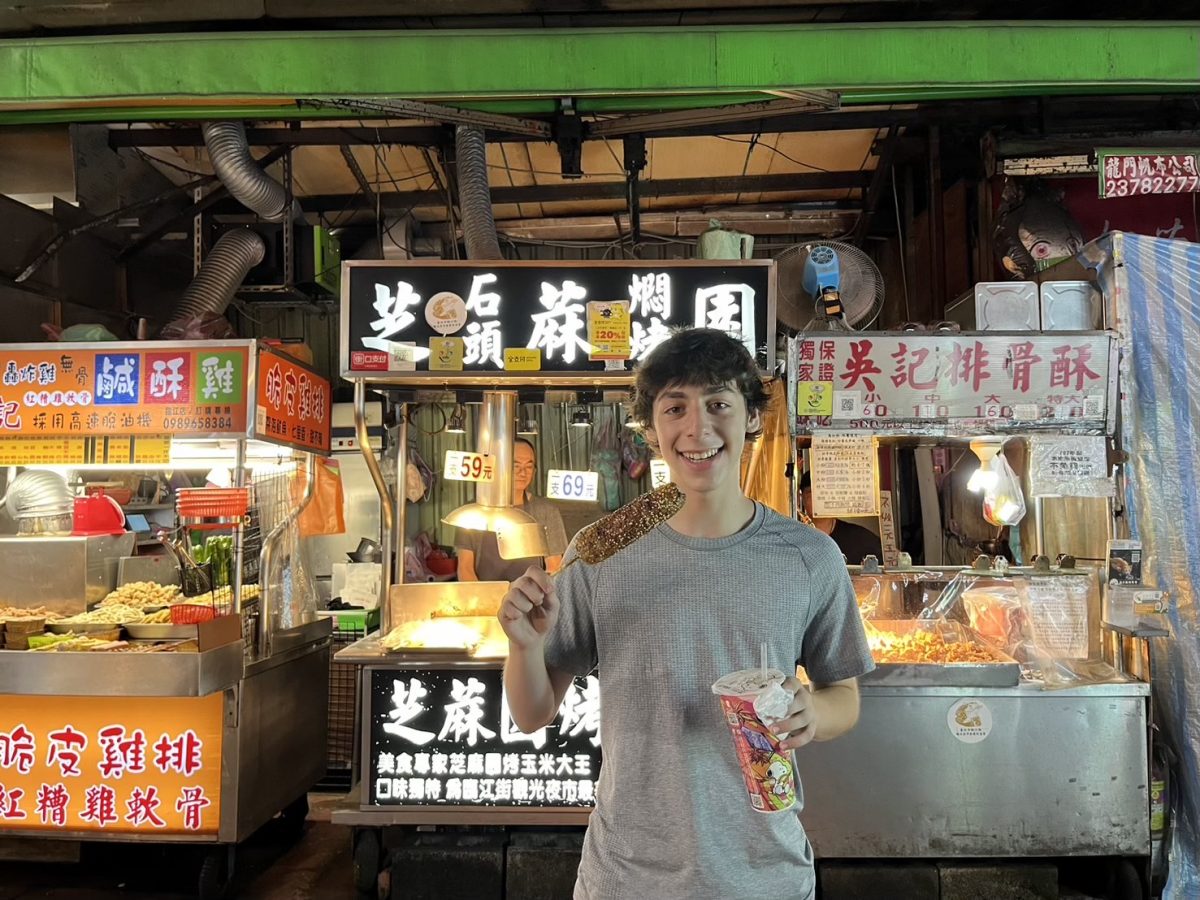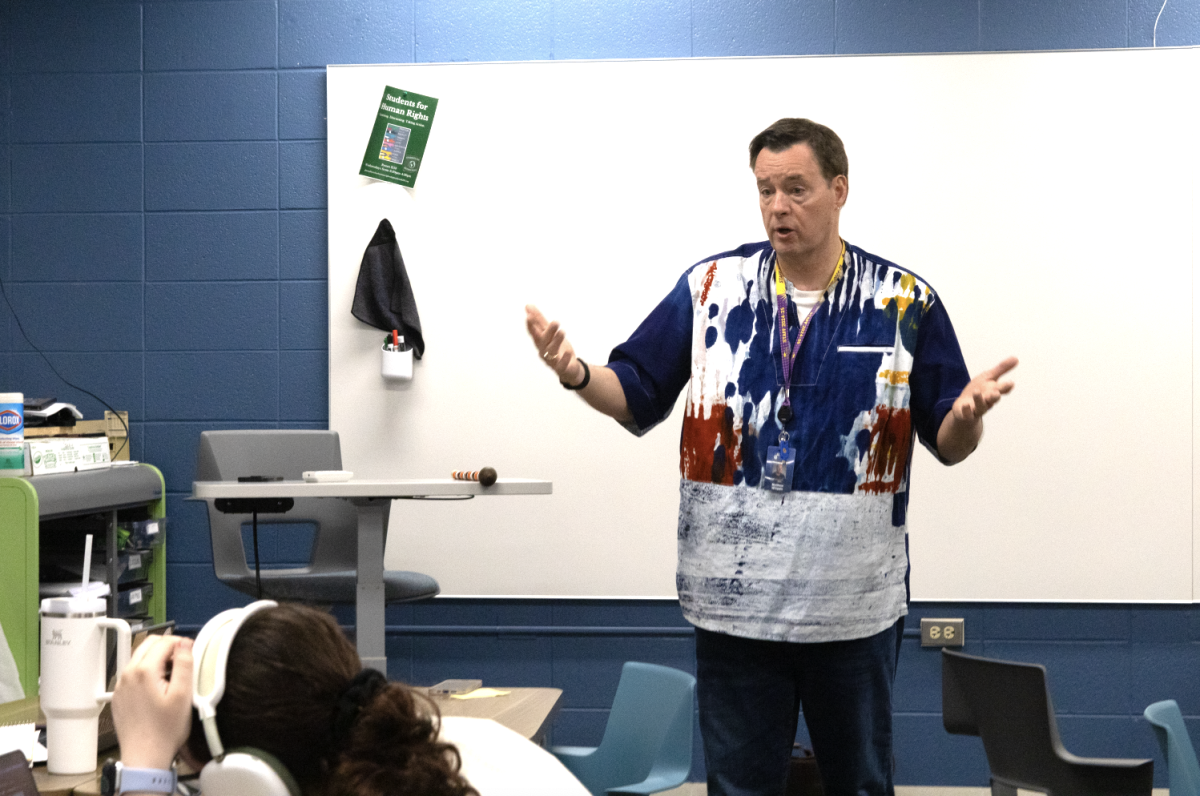The Oracle recieved a letter to the Editor regarding the growing popularity of club drugs from an anonymous GBS alum. Below are excerpts from the letter, followed by a story covering the use and effects of use of the drugs in question:
The Letter
[Oracle Editorial Board]- I don’t know if this requires some sort of publication in the oracle, I know that if I saw something like this in the Oracle I would pay attention to it.
In the last two years there has been an explosion of electronic music. I have been going to raves and electronic shows since I was a sophomore at GBS. [As] a sophomore in college I still go to shows. [Most of the shows I go to are] electronic. Recently I’ve been noticing the ages of kids [at these shows] go down and down. I know that I met some GBS kids this weekend and two weekends ago.
I am going to warn & inform you [that] ecstasy and club drugs are being used A LOT more than they were two years ago by [students as young as sophomores] in high school and at GBS. Two things scared me about this. One- The age. Two- The irresponsible and dangerous ways they were using said drugs.
I know that when I was in high school I never received any kind of education about these drugs. I truly hope to make some kind of difference with this e-mail. Be it with public awareness or education of some sort.
This movement of electronic music [is] something happening that hasn’t been seen in 20 years. When I was a junior in high school no one used club drugs besides a few. Honestly, I barely knew anything of them.
IT HASN’T CHANGED. Kids still know nothing of them and [take them anyway.] I care about every student at GBS because it truly was the best four years of my life and I would hate for something horrible to happen.
These are my key points:
Kids as young as 16 are ingesting club drugs.
Kids are dangerously taking these drugs.
There is zero awareness of these drugs in high school. It isn’t brought in the spotlight.
Thank you for reading this,
A concerned GBS alum
The Story
Club drugs are usually found at—as the name implies—clubs, concerts and raves, where users find that their hallucinogenic effects can elevate the experience. The most commonly known club drugs are ecstasy and date rape drugs. Other drugs such as methamphetamine, cocaine, and LSD, however, are also frequently abused at these kinds of events. According to WebMD, though the number of teens using club drugs is relatively small compared to alcohol, cigarettes, and marijuana, club drugs can be very dangerous.
According to Joanne Medak, Student Assistance Program coordinator, most people who use club drugs have experimented with other substances before.
“I don’t think I’ve ever met a kid who went from zero to club drugs,” Medak said. “[…] They probably have used alcohol, they probably have tried weed, and they’re trying club drugs. It’s not usually that you’ve never done anything in your life and then you start using ecstasy.”
Senior Gerard Winham* recently started using club drugs this past year and is now a regular user.
“My first experience was when my cousin wanted to go to this concert roughly a year ago, [and] I agreed,” Winham said. “It was at the House of Blues. He offered me ecstasy, and I took three of them. It was a lot.”
According to Medak, it is especially difficult to detect when students use ecstasy because it’s odorless, colorless and usually does not show up on drug tests, unless the tests are specifically intended to detect it. Aside from acting friendly or happy, there are few outside indicators that someone has just used ecstasy.
“The only thing [others] might know is that you’re thirsty […] your body temperature is raised, [which] is what’s dangerous,” Medak said.
According to Medak, this overheating can become even more dangerous at concerts and clubs because there is not much to drink and bottled water is expensive. This rise in body temperature can grow so high that it becomes damaging to the brain and other organs, thus causing lifelong damage to the body. There is no sure way of knowing what has been put into a pill, seeing as most club drugs are made by amateurs.
“It’s unregulated […] you don’t know how much you’re getting,” Medak said. “What somebody explained to me once was the way they sometimes make it. The end of the batch could sometimes be stronger than the beginning of the batch, so you could be taking a batch two times what you think it is.”
Similar to Winham, junior Mary Rabe* uses club drugs. According to Rabe, club drugs are what attracted her to the annual Chicago music festival, Northcoast.
“There were a billion drugs [at Northcoast],” Rabe said. “You could walk around and like every three people had something […] like acid, ecstasy, anything […] I even saw people with cocaine there.”
Rabe explained that people, including herself, are attracted to certain concerts, clubs, or raves because of the availability of club drugs. According to Rabe, drugs at concerts are bad, but they are also part of the experience.
As New Years comes around, a variety of different concerts will take place. Rusko performs at Congress Theater in Chicago Dec. 30 and 31, and Skrillex performs at the Rave in Milwaukee.
While Rabe is unsure of her plans yet, she is considering attending one of these concerts. Rabe is aware that ecstasy may be present and used at some of these events. Rabe notes that some ecstasy is in the form of a cutout, some in shapes such as Spongebob or Bart Simpson.
“[Cut-outs] are mostly the bad ones, and sometimes you can get bad ones that kill you,” Rabe said.
Winham prefers ecstasy over other substances, including alcohol.
“Alcohol is sort of a downer,” Winham said. “You get drunk, then you can’t remember anything.”
Although he chooses to use drugs, Winham has not always had good experiences while “rolling,” which is a slang term for using ecstasy.
“At Lollapalooza, I took way too many rolls, and I didn’t like how I felt,” Winham said. “I was shaking a lot. It was cold outside because it was raining. The music was really deep and it was too much, so I didn’t really like it.”
Health teacher John Skorupa elaborated on the fact that though a student may be certain he or she is getting a good batch, there is no specific way of knowing for sure.
“Doing any kind of a drug that you don’t know where that drug came from is like playing ‘Russian Roulette’ […],” Skorupa explained. “You have a 99 percent chance of not blowing your brains out[…] there is no difference between those two things.”
Winham says he is aware of the risks, but he explained that he is not afraid of getting a bad batch of ecstasy or another drug.
“I’m not going to just buy it from someone I don’t know,” he said. “I want to make sure I know [that] what I’m getting is good and I can trust the dealer.”
According to an Oracle-conducted survey of 138 students, 65 percent said that they believe South’s health classes teach only a little or nothing at all about club drugs.
“School has not taught me anything about these drugs,” Winham said. “They just say not to take them, and to be honest that just encourages me to take them even more.”
Although students make these claims, the health department has every intention of teaching students about the dangers of drugs, typically the most common types.
“We primarily focus on teaching [the drugs] that are common in the community like pot, cocaine and then heroine to some degree,” Skorupa said. “As a department we try to make the kids aware of what the long and short term affects are of using the drugs, the legal implications of getting caught with the drugs, and what the fines would be for things like selling, distributing.”
According to Medak, no person, no matter how educated or self-educated they feel they are, can truly know whether a club drug is safe or not due to the illegality of the substance as a whole and how it is manufactured.
“Really, really smart kids can make really distorted decisions about drugs,” Medak said. “It isn’t about how research and how much IQ you have […]. I don’t want to see kids regretting their decisions, not getting help, and being, in some, way vulnerable or at risk.”
*Names have been changed to protect the identity of students.



